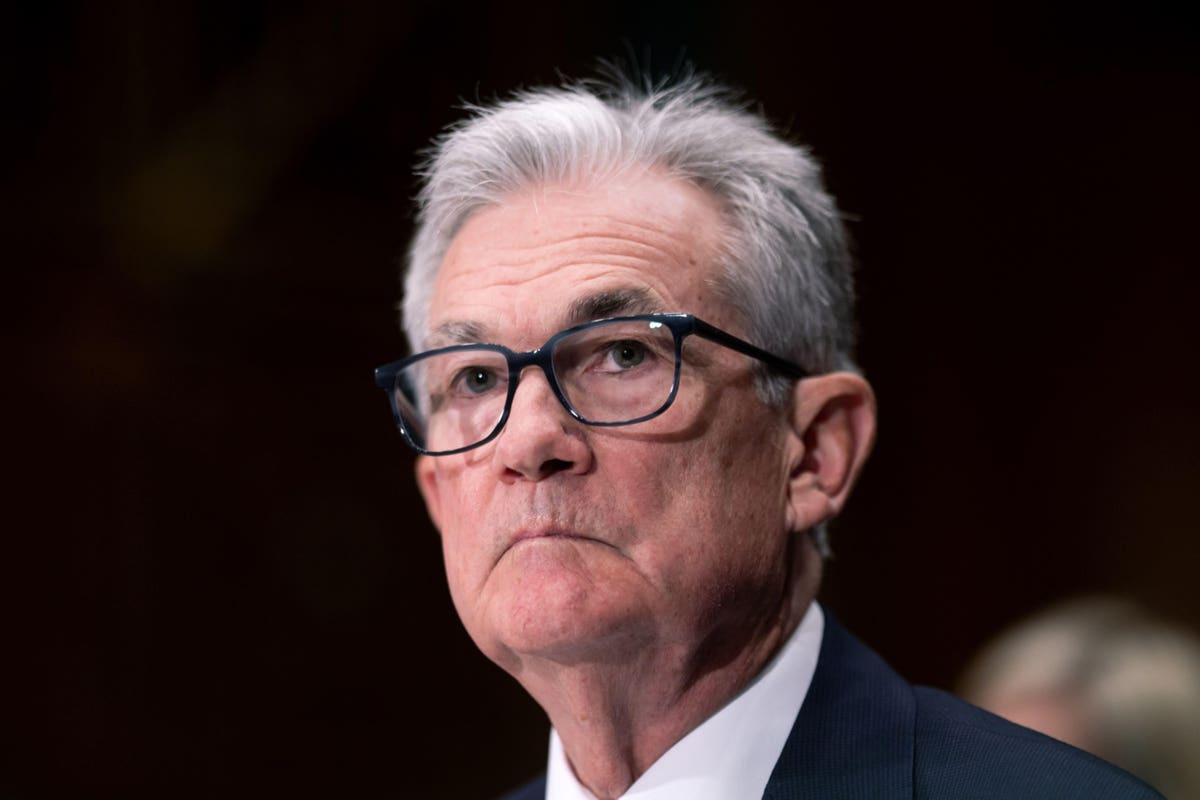Markets have high confidence that the Federal Reserve will raise rates 0.25-percentage-points at their next interest rate decision on July 26. The Fed suggested this during their June decision, which held rates steady. The June economic projections signaled a base case of two more hikes from the four remaining Fed meetings of 2023. In addition, the June statement explicitly referenced “additional policy firming” and during his press conference Jerome Powell offhandedly referred to the June decision as a “skip”, perhaps implying that the June decision was a pause between hikes rather than a more fundamental change in direction for interest rates.
In a speech on July 13, Fed Governor Christopher Waller clearly spelled out the Fed’s likely actions saying. “I see two more 25-basis-point hikes in the target range over the four remaining meetings this year as necessary to keep inflation moving toward our target.” Importantly, this speech right came after June’s CPI data, which showed more evidence of disinflation, but apparently that hasn’t changed the Fed’s resolve at this point. So the case for an interest rate hike at the July meeting appears relatively clear.
ADVERTISEMENT
A Consensus Decision?
However, the question is whether raising rates in July will be a consensus decision. Raphael Bostic of the Atlanta Fed said recently, that he believes holding rates at current levels should be sufficient to bring rates back to 2%. That’s a more dovish view, compared to most Fed decision makers. However, Bostic doesn’t get a vote on the committee currently, given the rotating voting pattern of committee membership.
Still, based on the Fed’s June economic projections, two committee members favored no further interest rate hikes in 2023 and another four are looking for just one more hike, as compared to twelve looking for at least two 2023 hikes or more. As such it’s possible we do not see a consensus decision at an upcoming Fed meeting with some preferring to hold rates steady rather than raise them. That could be considered a signal that peak rates are close.
When Will Inflation Be Beaten?
The Fed may offer further clarification of what they are looking for to be confident that inflation is truly beaten. Headline CPI inflation is running at 3% compared to the Fed’s 2% goal. However, the Fed prefers to focus on core CPI which is currently running at a 4.8% annual rate as of June 2023 data. June’s CPI numbers were broadly encouraging, but Governor Waller said subsequently that, “one data point does not make a trend.” As such, the Fed may offer more color on what they need to see in order to consider inflation on track to meet their 2% goal. Of course, this may well include metrics beyond inflation such as slowing economic activity or a cooling job market.
ADVERTISEMENT
2024
The Fed has stated so far that it expects to maintain rates at high levels for 2024. Virtually all policy makers see rates ending next year below current levels but above 4%. Just as the Fed has yet to provide more specific guidance on what signs would give it confidence that inflation it on track for their 2% goal, so the Fed may provide more color on how it might consider the process of cutting rates. So far, with the inflation fight the central focus, the Fed has been unwilling to discuss rate cut scenarios.
Markets are confident that the Fed’s July meeting will produce a rate hike, but the bigger question is what comes next. The answer is likely to be increasingly data dependent, but the most recent forecasts imply that the Fed may raise rates once more in 2023. The recent rally in stocks since mid-March might suggest that the stock market suspects that we are close to peak rates already.
Read the full article here







